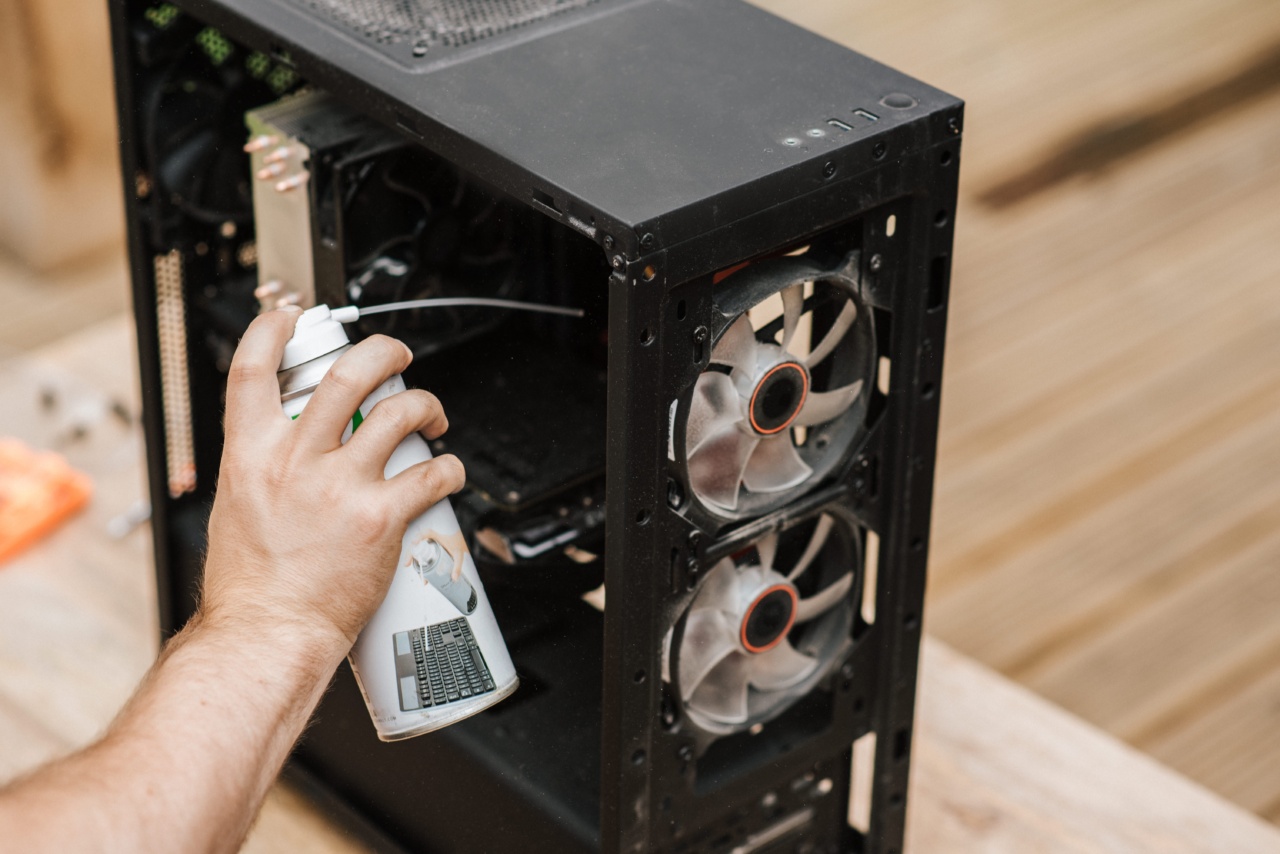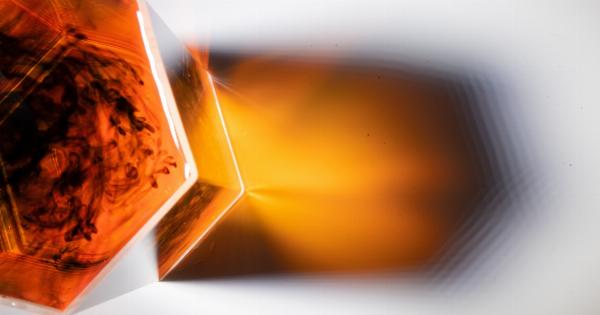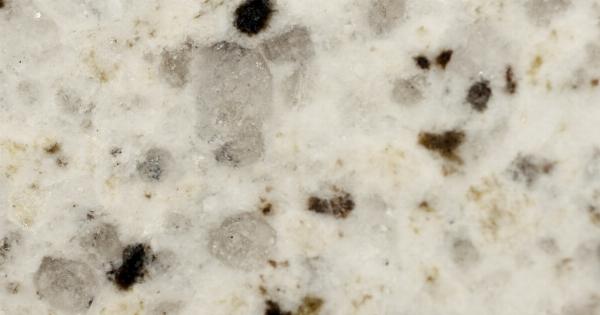Chemical peeling is a cosmetic procedure, which involves the application of a chemical solution on the skin to exfoliate and remove the outer layers of the skin.
It helps in reducing blemishes, scars, fine lines, and wrinkles, and improves skin texture and tone. Chemical peels are of different types, and they use different chemicals at varying concentrations to achieve the desired results. In this article, we’ll discuss the uses and techniques of chemical peeling.
Types of Chemical Peels
Chemical peels are classified based on the depth they penetrate into the skin. They are of three types – superficial, medium, and deep.
Superficial Peels
Superficial peels are the mildest form of chemical peels, and they usually use alpha-hydroxy acids (AHAs) or beta-hydroxy acids (BHAs) to exfoliate the skin. They penetrate only the outer layer of the skin and cause minimal damage to the epidermis.
They are recommended for treating minor skin blemishes and improving skin texture and tone. Superficial peels are safe and have minimal side effects, and they do not require any downtime.
Medium Peels
Medium peels are more potent than superficial peels and are used to treat moderate skin blemishes, fine lines, and wrinkles. They use trichloroacetic acid (TCA) or glycolic acid (GA) to penetrate the outer and middle layers of the skin.
Medium peels cause more damage to the skin than superficial peels and require longer healing time, which is usually less than a week.
Deep Peels
Deep peels are the most potent form of chemical peels and are used to treat severe skin blemishes, scars, and wrinkles. They use phenol or high concentrations of TCA to penetrate the middle layer of the skin.
Deep peels cause significant damage to the skin and require longer recovery time, which is usually more than a week. They are not recommended for people with darker skin tones, as they can cause permanent skin discoloration.
Techniques of Chemical Peeling
Chemical peeling can be performed using different techniques, and the selection of the technique depends on the type of peel and the desired results. The three most common techniques of chemical peeling are:.
Light Exfoliation
Light exfoliation is the mildest form of chemical peeling and involves the application of a low concentration of AHA or BHA on the skin. The chemical solution is left on the skin for a few minutes and then neutralized.
This technique is safe and requires no downtime. It is usually performed in a series of treatments for best results.
Spot Peel
Spot peel technique is used for treating localized areas of skin blemishes or discoloration. It involves the application of a high concentration of chemical solution on a specific area of the skin for a few minutes and then neutralized.
Spot peel can cause skin irritation and redness, which usually subsides within a few hours.
Full-Face Peel
Full-face peel technique involves the application of a chemical solution on the entire face, neck, or chest. The concentration and type of chemical solution depend on the type of peel and the desired results.
Full-face peel can cause significant skin damage and require a longer recovery time. It is usually performed under local anesthesia.
Conclusion
Chemical peeling is a safe and effective cosmetic procedure, which can help in improving skin texture, tone, and appearance. The selection of the type and technique of the peel depends on the type of skin blemish and the desired results.
People with darker skin tones should consult their dermatologist before opting for any form of chemical peel. It is important to take proper care of the skin after chemical peeling to ensure quick healing and avoid any potential risks.


























